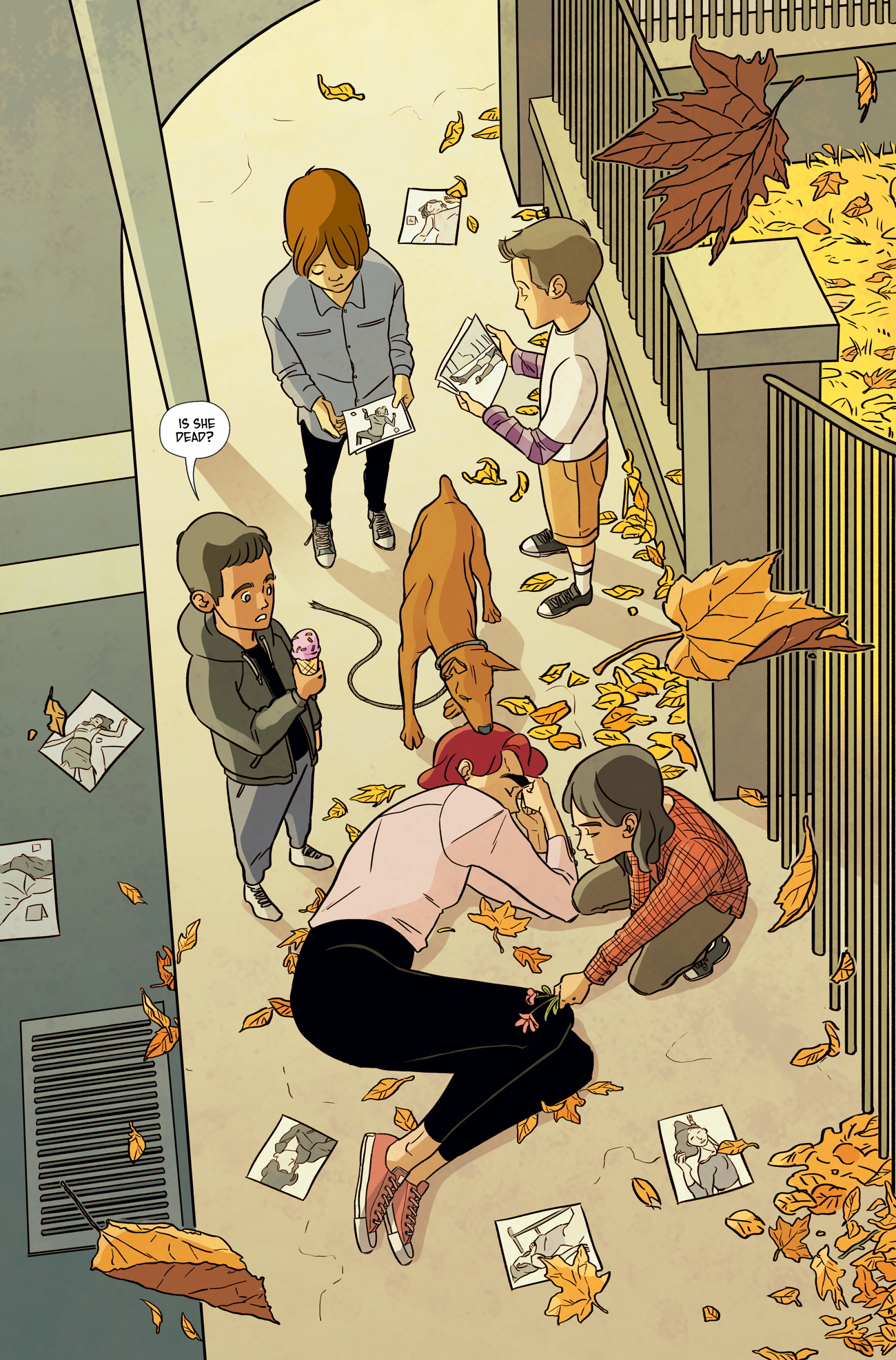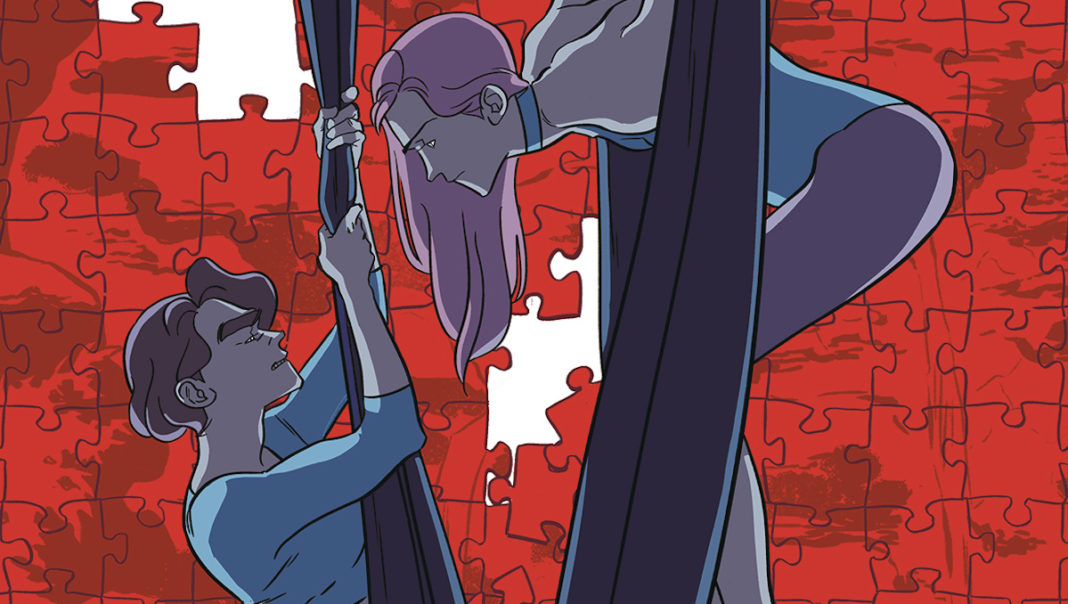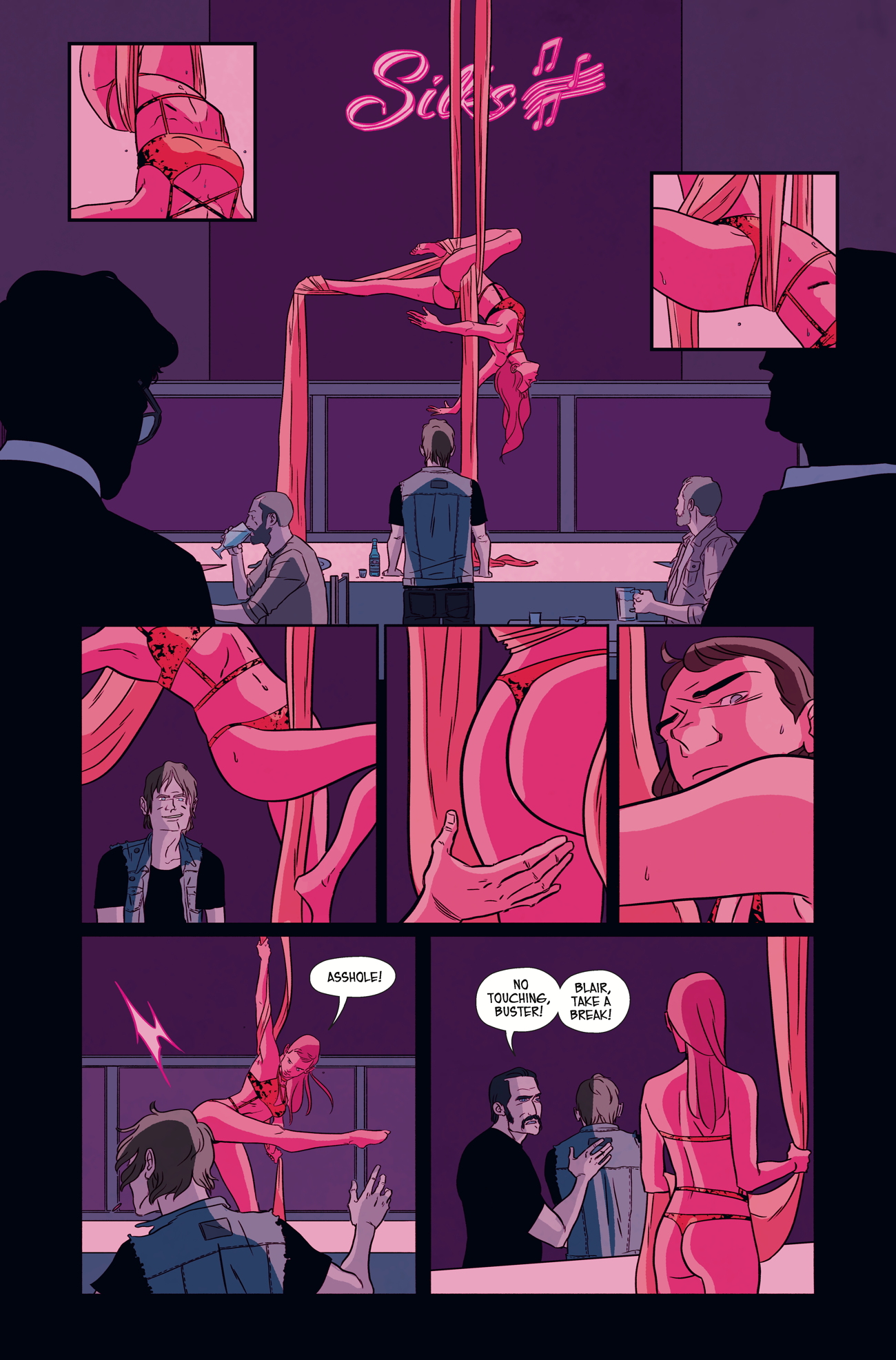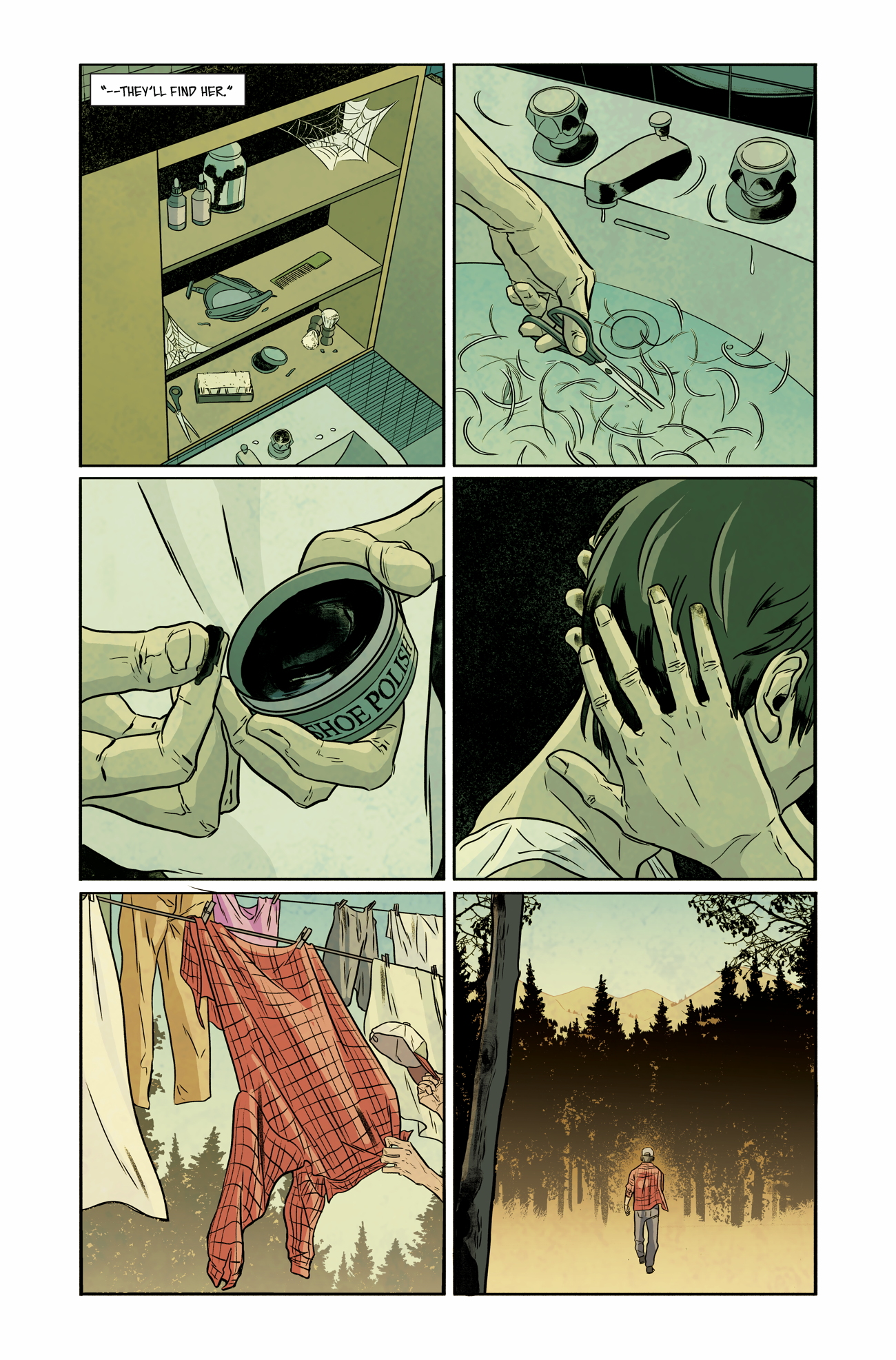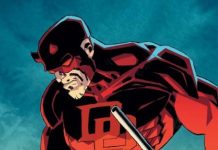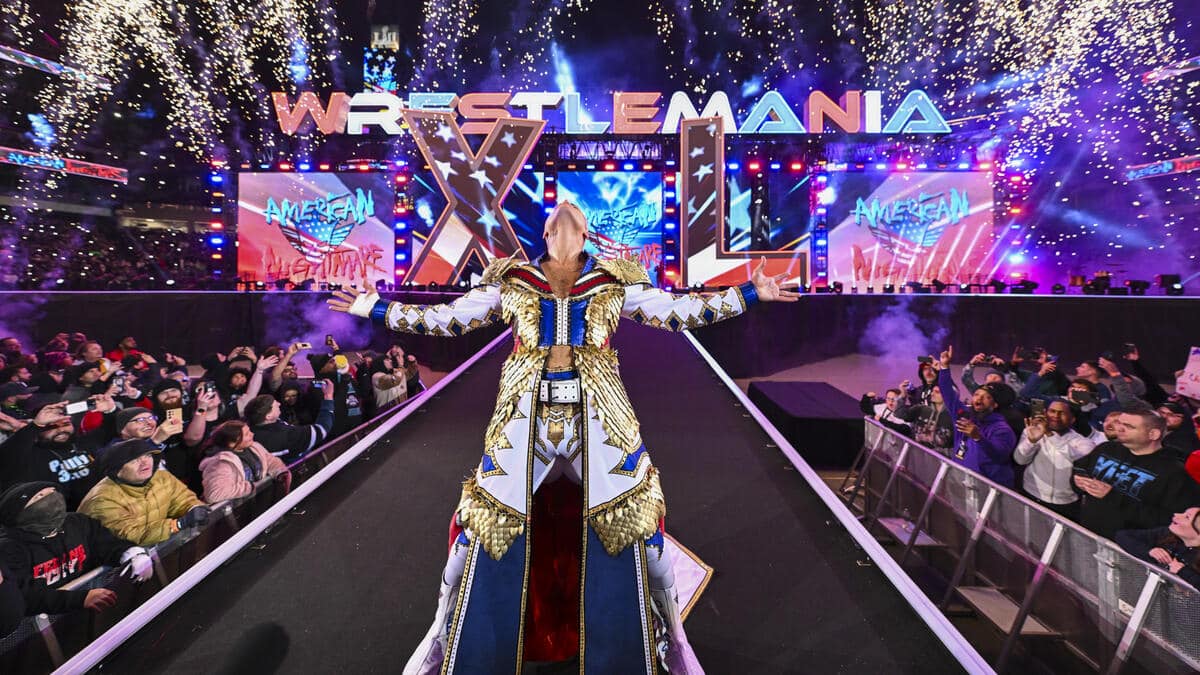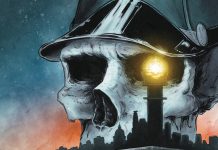By Adam Karenina Sherif
In the world of comics, Ann Nocenti is a veteran writer and editor. With a host of Marvel Comics credits to her name, in more recent years she has focused her efforts at DC Comics and now at fellow industry veteran Karen Berger’s Dark Horse Comics imprint, Berger Books. Nocenti is presently working on The Seeds with David Aja, and Ruby Falls with Flavia Biondi. She is also a journalist and documentary filmmaker.
Nocenti’s signature touch is her ability to draw on contemporary socio-economic, political and cultural themes in ways that consistently feel exploratory, as opposed to didactic. Ruby Falls addresses the experiences of three generations of women in a sleepy American smalltown, with a foreground story that sees the re-opening of a prohibition-era cold case.
It was a thrill to sit down with a creator I’ve long admired, and Nocenti was exceptionally generous in conversation. We spoke at length about the themes at work in Ruby Falls, as well as the influences and processes driving the project. We eased in with some reflections on her landmark Daredevil run.
Sherif: The ‘80s Daredevil you did with John Romita, Jr. — that’s my favorite superhero work.
Nocenti: Aw, well, we were in sync somehow. I felt like we were documentarians, documenting New York City street life. That’s what Times Square was like back then. And I would just go out and look at shit, Johnny would go out and look at shit. “Skateboard kids, sure!”
Sherif: Do you feel like that still applies to your work now? That documentary style?
Nocenti: Definitely. With The Seeds, I was noticing all kinds of things, literally on my property, how bees were vanishing. Everything starts from something personal. The farmer in Seeds is based on my grandfather, based on time spent on my grandfather’s farm, and based on feelings I’ve had my entire life about how I shouldn’t be eating meat. I did a story about factory farms in Daredevil in the ‘80s, and I realise I’m still struggling with the same damn thing!
Sherif: Ruby Falls seems to be doing a great deal with trauma, memory and history. Are those themes that you’re particularly turning over in your life at the moment, then?
Nocenti: Luckily, I don’t have much pain and trauma, but I think what’s happening is that I have my parents and I have a lot of friends who are in their 70s, 80s, 90s. So it’s sort of about paying attention to your elders. And listening to your elders tell stories about what it’s like to be at that particular point in the road.
Sherif: It’s quite rare to see representations of aging and illness.
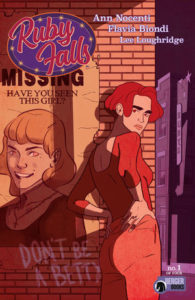
Sherif: So, questions about what stays with you as you age, questions about what’s settled and what’s left unresolved.
Nocenti: You know, I have 9 year-old friends and I have 90 year-old friends. And you look at the arc of life, and you see that trajectory of “what am I going to do with life?”, and then conquering life, and then “oh shit, this is where I ended up”. So Lana’s dad is quite happy to be a butcher – that’s his lineage, and he feels happy to do it. But Greta, Lana’s mom, she took over the speakeasy which is something she was born into. She’s more resigned to her fate. And if you look at Flavia’s work, all her interior spaces are dark and mysterious, whereas the street is always beautiful. Outdoors it’s community, it’s light and it’s color. Then as soon as you go into the senior center with the grandmother Clara who has dementia, all the colors begin to fade. It was about three generations, giving them each a color, a tone, a spirit. Thinking about where you are at these points in your life.
Sherif: It’s a new experience for me to see you paired with an artist who can draw in such a soft and warm style. The colors complement that really well, and you also get a sense that the red dirt of this little town is a key component.
Nocenti: I was driving across New Mexico, and if you go in and out of certain towns in New Mexico – in this case, Coyote – everything is red. The dirt is red, the brick is red, and so the rivers run red. Then when you leave and everything goes back to normal, it actually feels like the color’s been drained out of the world. So I’ve always been in love with these towns. There’s also a town near where I live, Rosendale, that has this incredible cave system that was a limestone mine, and it was used by bootleggers a long time ago. So I went into the caves, and I photographed them. I sent photos of these actual caves to Flavia, and those two visuals, the red dirt and the caves, they came together for Ruby Falls.
Sherif: Falling seems to be both a literal and metaphorical thread in the book. The backmatter to the first issue mentions you’re looking at the idea of the ‘fallen woman’.
Nocenti: I knew I wanted it set in the Fall, with Autumn leaves falling. And there’s a waterfall, so duh. Not the most subtle but it works. And I was also thinking about the Black Dahlia, this famous case where a woman vanished, and it became more about what type of woman she was. “Oh, she left her safe small town to go to Hollywood, to be a model to be an actress. Well, she probably became a prostitute.” And the subtext of that is that you shouldn’t leave home or you’ll get lost, that you shouldn’t set out in the world or you’ll get killed, you shouldn’t have dreams or you’ll end up a streetwalker. It’s all very judgmental.
Sherif: Character assassination, right?
Nocenti: It’s character assassination. And also judgmental, as if prostitutes deserve to be killed. I was raised during a time when ‘streetwalkers’ first began using the term ‘sex workers’. They were seeking rights, they had radio shows, and these women were starting to say “we’re not fallen women, we’re making a living and we’re making more money than you”. So anyway, the book literally has images of falling throughout.
Sherif: And there’s the imagery of the aerial acrobatics that supporting character Blair performs.
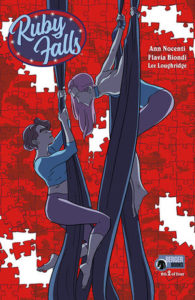
Sherif: The tightrope seems precarious to the onlooker, so it’s really intriguing to re-conceptualise it as something that actually lends a sense of calm and stability. And wonderful to have someone assist with their relevant experience. It seems like the team is an ideal unit for this book.
Nocenti: I love that everything came together with Flavia, me, Karen and Rachel – a female team. And really, the book is about women. When a feminist says you’ve failed if you can trade your female characters out for a lamppost, I’ve probably failed it in reverse: you could probably trade the men out.
Sherif: It’s important to have women’s stories, and have women tell those stories.
Nocenti: Yeah, and Flavia’s so brilliant. People should be calling her. She’s divine to work with, and nails every single panel, page, and scene.
Sherif: Her work is so clear, so intelligible.
Nocenti: It’s great storytelling. And a lot of the stuff she does is very gestural. Everybody’s eyes have something to tell. And I’m nostalgic for the Jane Jacobs concept of ‘eyes on the street’ – the idea that we should be sat on our stoops, knowing what’s going on around us. Streetlife. Which is kinda disappearing from New York. And Flavia just gets it.
Sherif: Streetlife is another running thread through most of your work.
Nocenti: I feel like life is on the street, and maybe it’s no longer on the street. I grew up pre-internet, and then saw the malling of America, where everybody left Main Street. I saw what happened to streetlife, it died. And then it’s dying even further with the internet. So, take to the streets! Just for the hell of it!
Sherif: Lastly, what’s it been like collaborating with Karen? You’re both great editors.
Nocenti: Karen is a dream. I was a longtime Marvel editor and writer, and she was longtime DC. And we were the women who started in the ‘80s at each of the Big Two. And then we worked together at Vertigo when I did Kid Eternity. We’ve always had mutual respect, and working together like this has been phenomenal. There’s nobody in the universe that can say anything bad about Karen, because there’s nothing bad about Karen. And also, her husband Richard [Bruning] is a great designer, and he worked on Ruby Falls. He’s been hands-on, making sure the inside covers and extra pages have a flow. It’s beautiful. He took the fall leaves and integrated them throughout, a beautiful framing. It should almost give you vertigo – on every page somebody, or something is falling.
Ruby Falls #2 hits shelves November 6. To keep up with Ann Nocenti, follow her on Twitter @annienocenti. You can also check out two preview pages from Ruby Falls #2 below.
